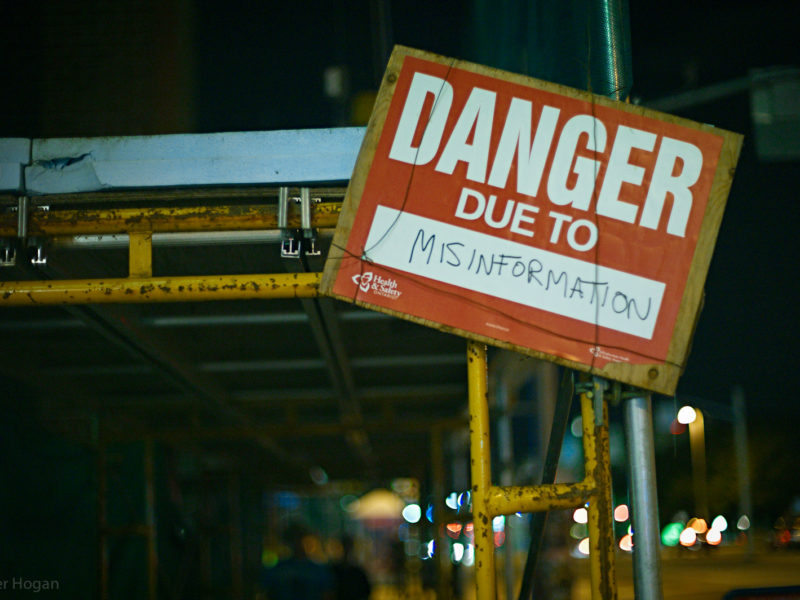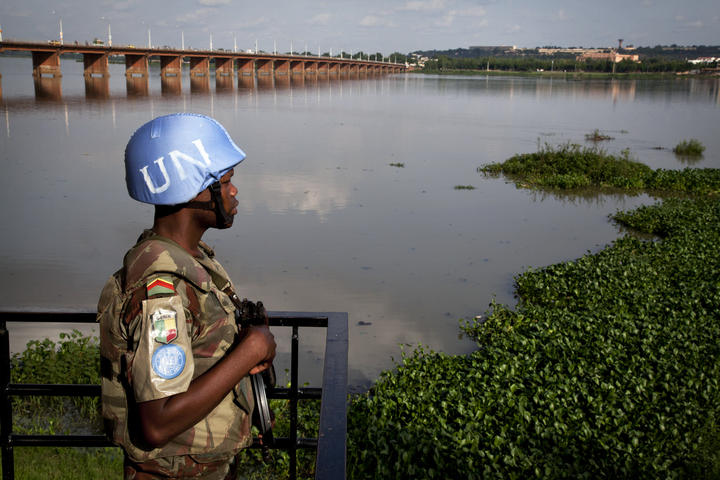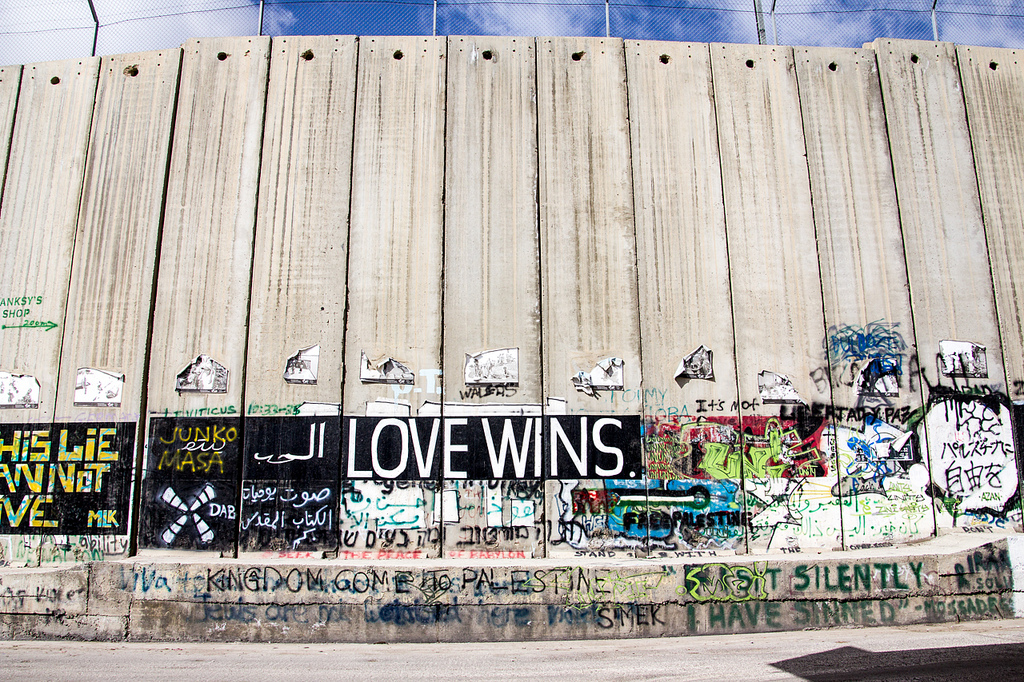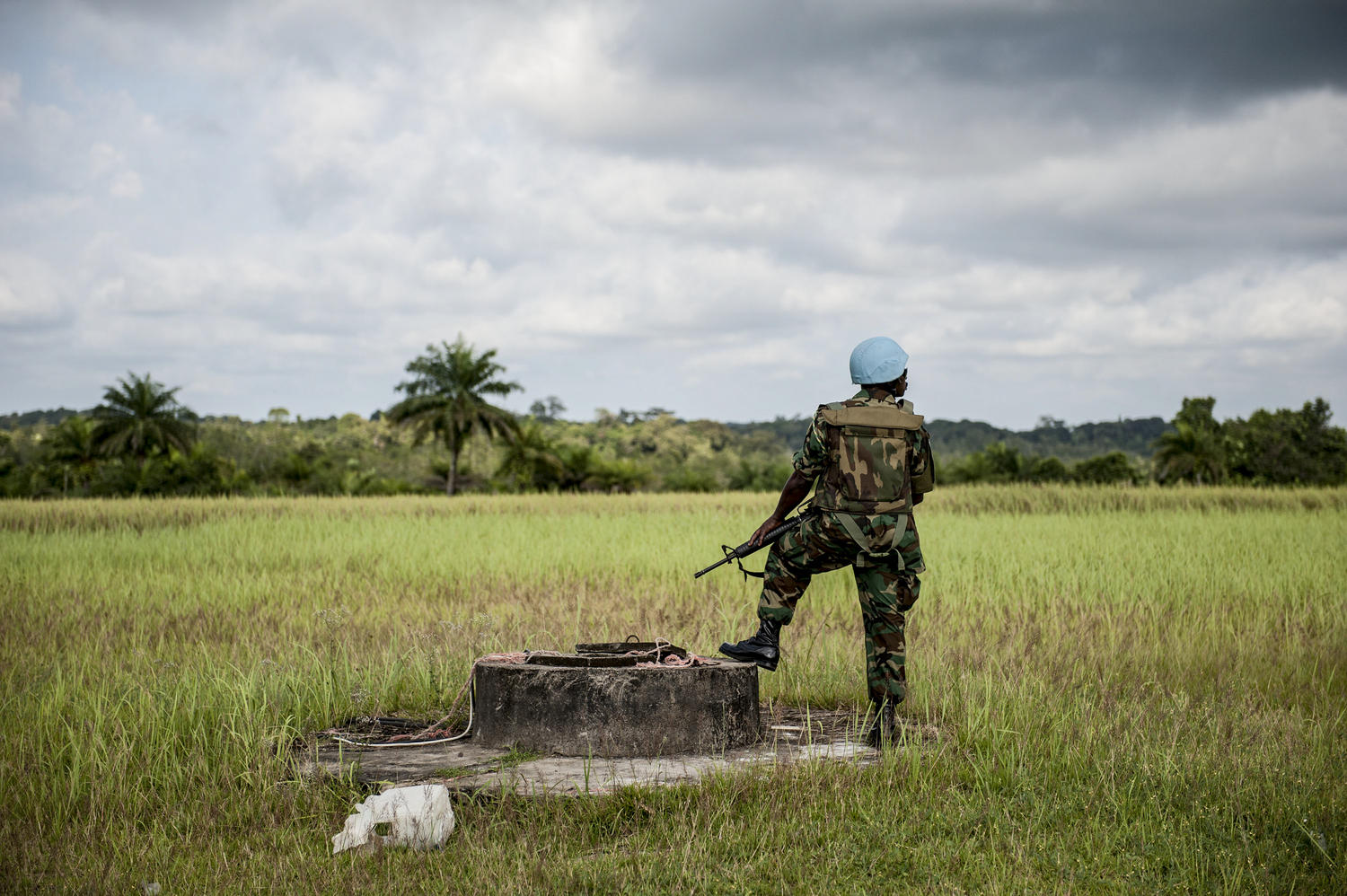Guest post by Daniel M. Silverman
Since the emergence of the new coronavirus outbreak earlier this year and its rapid proliferation around the world, misinformation about the virus has been rampant. In the US, President Trump strongly downplayed the danger for several weeks, referring to it as a “hoax”. These claims were echoed by like-minded politicians and pundits, with radio host Rush Limbaugh, for example, comparing COVID-19 to the common cold. Likewise, other governments across the globe, from China to Iran to Brazil, have tried to conceal the threat from their populations and trumpeted narratives suggesting it is false or overblown.
Will people believe such distortions of the facts and misinformation about the virus? If they do—and therefore flaunt social distancing and quarantine rules that help to slow the virus and save lives—it may have costly implications.
Research on belief in misinformation in war offers some crucial lessons—and reason for optimism. War introduces two factors usually overlooked when thinking about misinformation, both of which are also present in pandemics: high stakes and direct experience.
Misinformation and propaganda are commonplace in war, from lies about the behavior of Rohingya Muslims in Myanmar to the US anti-ISIS air campaign in Iraq. It can have lethal consequences, from sparking violence to spoiling peace. Yet, my research shows that the key factor shaping whether wartime misinformation is accepted is people’s proximity to the conflict. In one study in Pakistan, for example, I found that people form misperceptions about military operations—like US drone strikes—that occur elsewhere in their country in ways that fit with their preexisting worldviews, which are shaped by things like their ethnicity, ideology, and other orientations. This is not surprising, and mirrors the type of “motivated reasoning” often seen in the formation of political attitudes. For example, polls showing that Republicans are less likely to be concerned about COVID-19 than Democrats or independents suggest a similar dynamic, as do reports of partisan divides in social distancing behavior.
Civilians close to the fighting think quite differently. For example, in a recent study in Iraq, I found that those who had lived in areas under anti-ISIS airstrikes were much less likely to believe misinformation about them. This echoes evidence from World War II, which shows that Germans who lived near the sites of Allied bombings were much more likely to ignore Nazi propaganda than those who didn’t.
Why does proximity to the issue—whether a war or a pandemic—matter? Two reasons. First, for those close to the fighting in war, the stakes of their beliefs are very high. For example, for Pakistanis in the country’s tribal areas—where US drone strikes actually take place—embracing propaganda can have grave personal consequences, shaping their choices about whether to flee or not. In these situations, people develop what social psychologists call an “accuracy motive,” making them more likely to seek out accurate information and consider it carefully in an effort to discern the truth, since it may directly impact their lives. Second, they can also rely on direct experience, as they can see in their communities whether many claims about the war are true or not. This combination of having the means (local information) and motives (accuracy motivation) to sort fact from fiction makes people in close proximity to fighting (or a pandemic) much more likely to see through dangerous factual misinformation about their surroundings.
The same dynamics apply in the case of COVID-19. Like war for civilians near the fighting, the stakes of this crisis are high. Simply put, the threat is potentially lethal on a massive scale. In addition, its impact is experienced at the local level—people are already seeing the economic and social effects of the virus within their communities. As it spreads, they will increasingly see its impact (sadly) in terms of human life within those communities as well.
This combination of a powerful “accuracy motive” and locally visible effects means that claims that the threat is a hoax will increasingly face pushback. Indeed, we are already seeing concerns about COVID-19 break down traditional partisan divides, with red states increasingly Googling the term as much as blue states and polls suggesting broad worries across the nation. Moreover, stories like this from a deep red New Orleans suburb, where a community that was previously skeptical of the danger of COVID-19 revised its views when a local Republican lawyer became extremely sick with the virus, show how this plays out on a local scale.
Ultimately, the political consequences of COVID-19 disinformation remain to be seen, especially since the threat itself and governments’ responses to it are dynamic and evolving. The major lesson here is that situation matters. A pandemic of this magnitude is distinct in that its effects on the public are deadly and local, making it far more like a war zone experience than the traditional push-and-pull of democratic politics.
If we want to know what populations will think as the threat progresses, we should look to high-stakes settings like the front lines of war—where personal experiences often trump political partisanship—rather than to politics as usual. And lessons from war suggest that governments and policymakers worldwide will almost certainly pay a serious political cost for distorting or withholding information about the crisis. In situations like these, truth is not only good policy but good politics.







